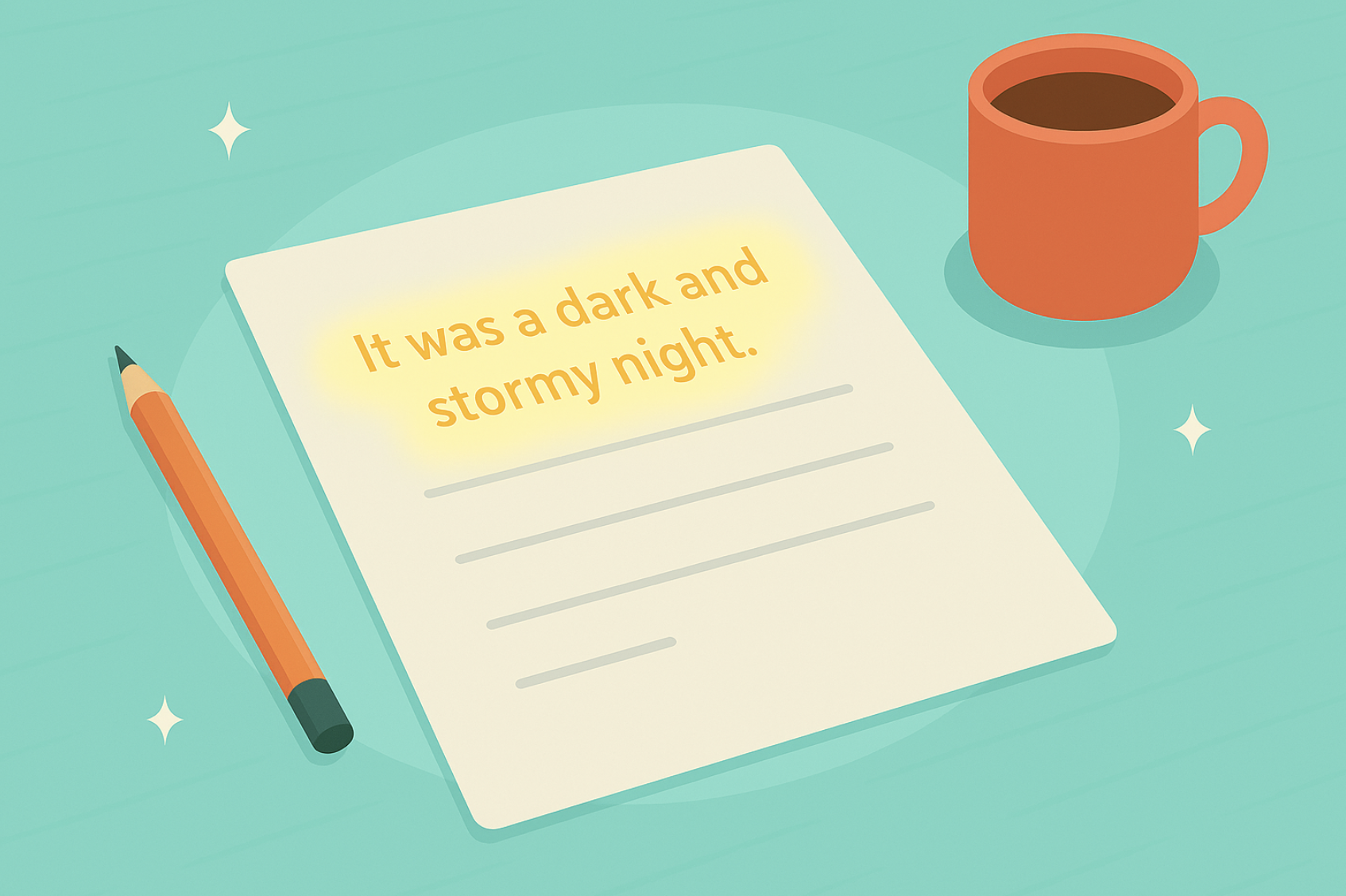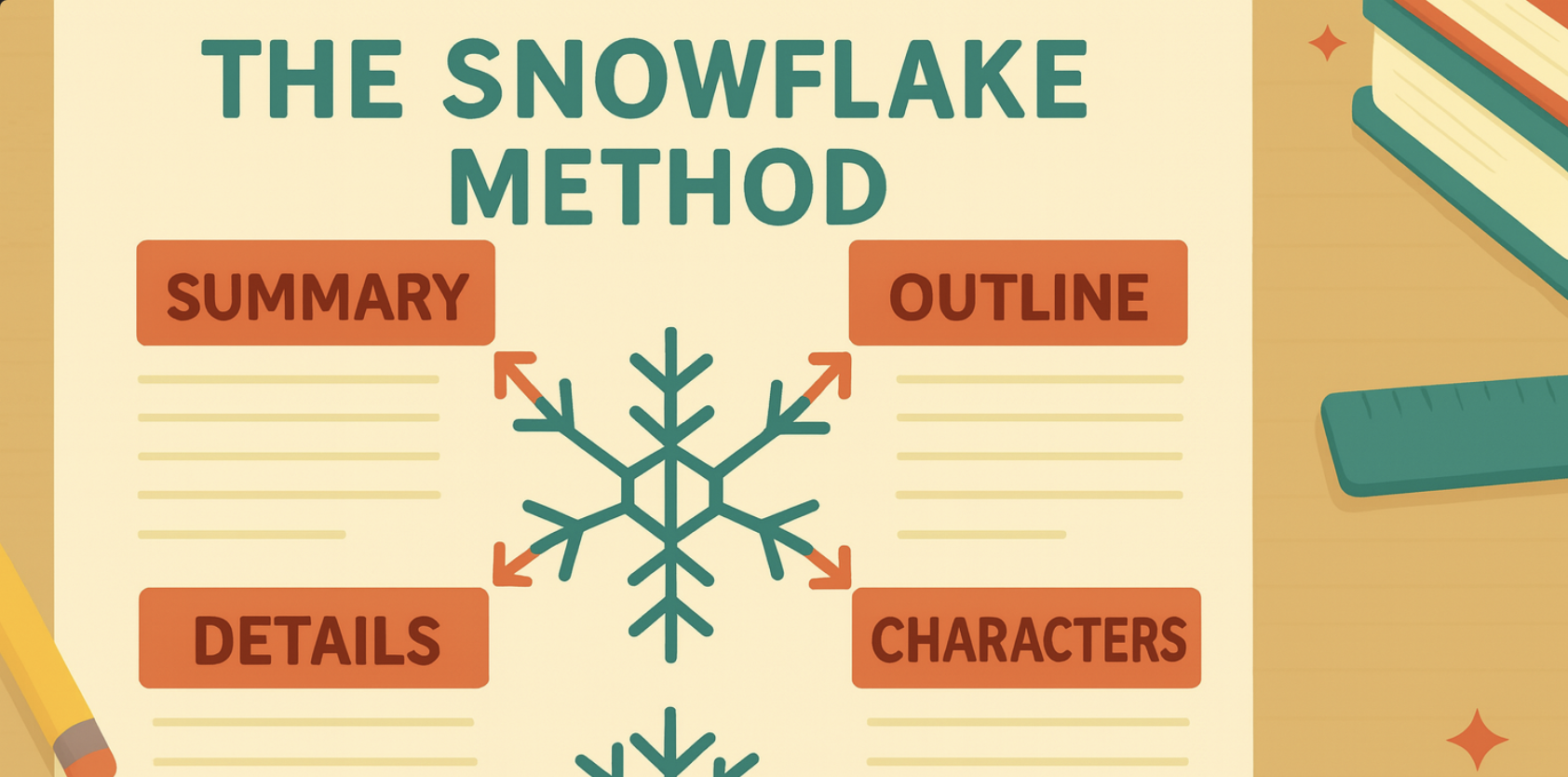Once upon a time—or maybe just last Tuesday—you dreamed of writing fantasy. You imagined grand adventures, mythical creatures, and epic battles between good and evil. But where do you begin? Crafting a compelling fantasy world isn’t just about throwing in a dragon and calling it a day (though, let’s be honest, dragons do make everything better).
The fantasy genre is growing faster than ever, proving its timeless appeal. In 2021, fantasy book sales in the U.S. grew by 45.3% compared to 2020, marking the largest increase among all genres aside from graphic novels. This surge in popularity means there’s never been a better time to master the craft of writing fantasy.
The elements of fantasy genre writing are what transform a simple story into an immersive escape. From rich worldbuilding to intricate magic systems, legendary quests, and unforgettable heroes, these fantasy elements create the foundation of a story that lingers in the reader’s mind long after “The End.”
But fear not, aspiring word-weaver! By the time you finish this article, you’ll have a clear grasp of the essential elements of fantasy, an arsenal of creative tools, and maybe even a few ideas brewing for your next (or first) great fantasy novel. So grab your enchanted quill (or, you know, your laptop), and let’s dive into the art of writing fantasy!
Worldbuilding in Fantasy: Crafting Elements of Fantasy That Bring Your Story to Life
Every great fantasy story begins with a world that feels as real as the one outside your window—except with more magic, fewer taxes, and a significantly higher chance of encountering a talking sword. Worldbuilding is the backbone of the fantasy genre, the foundation upon which all legendary tales stand. Without it, your heroes are just running around in a vague, misty void.
So, what makes a fantasy world unforgettable? Start with the fantasy characteristics that define the genre: magical landscapes (floating islands, underground cities, sentient forests), otherworldly creatures (dragons, elves, shape-shifting tricksters), and epic civilizations (ancient empires, steampunk kingdoms, warring factions of goblin accountants). These fantasy elements bring richness and depth, making readers feel like they could step through the pages and get lost in your world.
Consider Tolkien’s meticulously crafted Middle-earth, where history stretches back thousands of years, languages have structure, and every mountain and river has a story. Or Pratchett’s Discworld, a flat planet balanced on the backs of four elephants riding a giant turtle—absurd, yet strangely logical in its own right. These worlds feel alive because they have rules, cultures, and quirks that make them unique.
Quick tip: Don’t drown your reader in details. A well-placed tavern rumor, a snippet of folklore, or a passing mention of an ancient war can be far more intriguing than a 10-page history lesson. Let your audience uncover the world naturally—after all, discovery is half the adventure!
Magic Systems and Other Fantasy Elements: Because Fireballs Don’t Just Happen
Magic is the heartbeat of the fantasy genre, but it’s not just about hurling fireballs and summoning storm clouds on command. A well-crafted magic system adds depth, intrigue, and—most importantly—rules. Because let’s be honest, if your hero can snap their fingers and solve every problem with a spell, where’s the tension?
Magic systems generally fall into two categories: hard magic and soft magic. Hard magic has clear rules, limits, and costs—think Brandon Sanderson’s Mistborn, where magic users ingest specific metals to gain defined abilities. Soft magic, on the other hand, is more mysterious and whimsical, like Gandalf’s powers in The Lord of the Rings—he does magic, but the mechanics behind it remain largely unexplained. Both approaches work, but consistency is key!
A well-balanced system keeps magic from becoming a lazy storytelling crutch. If magic has a cost—whether physical, mental, or moral—it adds tension and stakes. And remember, magic doesn’t always have to be flashy. Sometimes, subtle abilities, like speaking to animals, seeing the future in tea leaves, or weaving luck into some fabric, can be just as fascinating as world-shattering spells.
When writing fantasy, think about what makes your magic system unique. Does it follow strict laws, or is it an unpredictable force? However you wield it, magic should enhance your world, not overshadow the story itself.
Writing Fantasy Characters: Heroes, Villains, and Essential Fantasy Characteristics
A breathtaking world and a brilliant magic system won’t save your story if your characters have all the depth of a soggy piece of toast. The real magic of writing fantasy comes from crafting characters who feel alive—flawed, complex, and driven by real motivations.
Fantasy is full of iconic archetypes: The Chosen One (Harry Potter, Frodo Baggins), The Mentor (Gandalf, Dumbledore), and The Dark Lord (Sauron, Voldemort). But here’s the thing—archetypes are starting points, not entire personalities. The best heroes struggle with doubts, the best mentors have limits, and the best villains truly believe they’re the ones doing the right thing.
Look at Geralt of Rivia (The Witcher)—a monster hunter with a strict moral code who still wrestles with difficult choices. Or take Daenerys Targaryen (Game of Thrones), who begins as a liberator and, through ambition and tragedy, walks the fine line between hero and tyrant. These characters stand out because they break the mold.
Quick tip: Give your hero a weakness—physical, emotional, or moral. A flawless hero is boring. Likewise, make your villain relatable. Maybe they’re not evil, just desperate. The best fantasy elements aren’t dragons or magic swords—they’re the people wielding them.
Quests & Conflicts & Fantasy Characteristics, Oh My!
At the core of the fantasy genre lies the quest—a journey that tests characters, pushes them to their limits, and (hopefully) leads to epic storytelling. Whether it’s retrieving a lost artifact, overthrowing a tyrant, or simply making it home before second breakfast, quests give fantasy stories their drive.
But a great quest isn’t just about the destination—it’s about the conflict along the way. Classic fantasy elements often revolve around timeless struggles: good vs. evil (Frodo vs. Sauron), destiny vs. free will (Harry Potter defying prophecy), and power vs. responsibility (pretty much every reluctant king or queen in fantasy history). These themes resonate because they reflect real human struggles, just on a grander, often more magical, scale.
That said, not every conflict needs to be world-ending. Sometimes, a small, personal battle—a knight grappling with their past, a young mage struggling with self-doubt—can be just as compelling as an apocalyptic showdown. Readers connect with stakes that feel real, whether it’s the fate of a kingdom or the fate of one character’s soul.
Quick tip: A quest is only as good as its obstacles. Throw in betrayals, moral dilemmas, and impossible choices. Because if the journey is easy, is it really a quest at all?
Now Go Forth and Create!
So, brave storyteller, you now hold the keys to crafting an unforgettable fantasy tale. You’ve learned that writing fantasy starts with immersive worldbuilding—where magic, landscapes, and civilizations breathe life into your setting. You’ve discovered the power of fantasy elements, from intricate magic systems (because fireballs need rules) to compelling characters (because even villains think they’re the hero). And, of course, you’ve seen how quests and conflicts—whether world-shattering or deeply personal—drive the heart of the fantasy genre.
Now, it’s your turn. Will you create a world of floating cities and rebellious wizards? A hero who stumbles into destiny or a villain who was right all along? The only limit is your imagination (and, okay, maybe your word count).
But even the greatest heroes need allies. If you’re looking for expert guidance, inspiration, or just a little extra magic in your writing journey, Spines is here to help. Whether you’re polishing your fantasy novel or just getting started, Spines can help turn your ideas into an epic adventure. Start crafting your legend today!
Your Publishing Journey Awaits – Start NowFAQs – Elements of Fantasy
Q1: What is the difference between Characteristics of Fantasy and Fiction?
Fiction is any story that isn’t real, covering everything from romance to sci-fi. Fantasy, on the other hand, is a specific genre within fiction that features magical elements, mythical creatures, and supernatural worlds. While all fantasy is fiction, not all fiction is fantasy. A detective novel? Fiction. A detective novel where the sleuth is a werewolf solving crimes with enchanted artifacts? Fantasy.
Q2: What are the criteria for a fantasy story?
For a story to qualify as fantasy, it must contain fantasy elements that set it apart from reality. These often include:
- A setting outside of the real world (or a hidden magical world within it).
- The presence of magic, mythical beings, or supernatural forces.
- Themes of heroism, destiny, or grand adventure.
Without these core elements of fantasy, a story leans more toward other speculative genres like science fiction or magical realism.
Q3: What is the difference between high fantasy and low fantasy?
The difference between high fantasy and low fantasy lies in setting and magical intensity:
- High Fantasy – Takes place in a completely separate, magical world (e.g., The Lord of the Rings). These stories are epic in scope, with large-scale conflicts and detailed worldbuilding.
- Low Fantasy – Set in the real world but with fantasy elements (e.g., Harry Potter, Percy Jackson). Magic exists but is often hidden or limited.
Both have their appeal—whether you want sprawling kingdoms and ancient prophecies or modern cities with secret sorcery.
Q4: What are the elements of fantasy tropes?
Fantasy tropes are recurring themes, plots, and character types found in writing fantasy. Some well-known tropes include:
- The Chosen One – A seemingly ordinary character with a hidden destiny.
- The Mentor – A wise guide who helps the hero.
- The Evil Overlord – A dark ruler bent on power and destruction.
- The Magic School – A place where magic is taught (think Hogwarts).
- The Prophecy – A prediction that shapes the hero’s journey.
- Lost Royalty – A hidden heir who must reclaim their throne.
While tropes are useful, the key is to add a fresh twist to keep them engaging.
Q5: What are the 12 elements of magic?
While magic systems vary, many share common fantasy elements. Here are 12 frequently used components:
- Source of Magic – Where does it come from? Gods? Nature? An ancient relic?
- Rules & Limitations – Magic needs structure to stay compelling.
- Cost & Consequences – Magic often requires sacrifice (energy, time, or life force).
- Spellcasting Methods – Wands, spoken words, hand gestures, or even emotions.
- Magical Creatures – Beings that use or embody magic.
- Magical Artifacts – Powerful objects like swords, rings, and grimoires.
- Schools of Magic – Divisions like elemental magic, necromancy, or illusion.
- Users of Magic – Sorcerers, witches, and warlocks.
- Prohibited or Forbidden Magic – Curses, blood magic, or spells with dire consequences.
- The Role of Magic in Society – Is magic common or feared? Does it shape politics?
- Magical Evolution – Can magic change, grow, or be discovered over time?
- The Unknown – The best magic retains a touch of mystery.
Q6: What are the 6 characteristics of fantasy?
The fantasy genre is defined by key traits that set it apart from other fiction. Six essential fantasy characteristics include:
- A Magical World – Unique settings, often with their own rules of physics.
- Supernatural Elements – Magic, spells, and mythical creatures.
- Heroic Adventure – A central quest or journey.
- Good vs. Evil – Classic battles of morality.
- Unusual Characters – Elves, dragons, talking swords—you name it.
- A Sense of Wonder – Fantasy thrives on the impossible becoming real.








